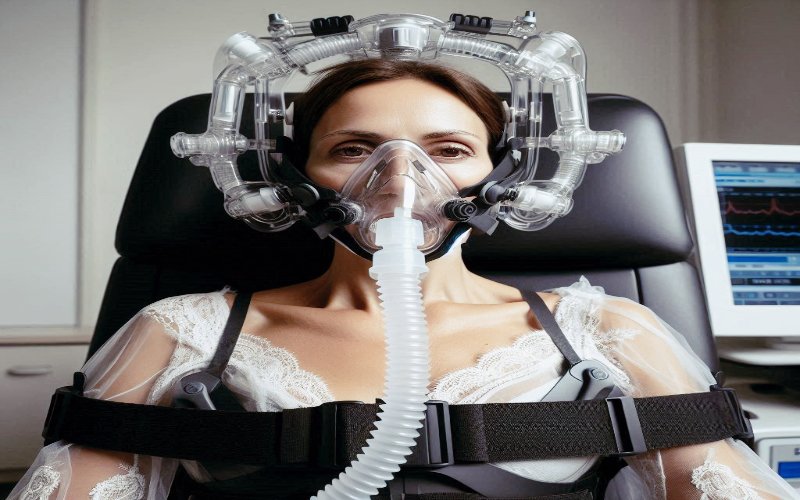Introduction: What Is a Digital Twin?
Digital Twin technology has been steadily making its mark across various industries, with manufacturing standing out as a prime beneficiary. But what exactly is a Digital Twin? Simply put, it’s a virtual representation of a physical object, system, or process. This digital replica is updated in real-time with data from its physical counterpart, allowing manufacturers to monitor, simulate, and optimize their operations like never before.
In manufacturing, this translates to an exact digital replica of machines, products, or even the entire production process. Manufacturers can use this powerful technology to predict outcomes, prevent issues, and enhance overall efficiency. Let’s dive deeper into how Digital Twin technology is shaping the future of manufacturing.
How Does Digital Twin Work in Manufacturing?
Digital Twin technology operates by connecting sensors on physical assets to a digital model. These sensors gather data related to performance, environmental conditions, and other critical factors, sending real-time information back to the digital replica. This data can then be analyzed to simulate various scenarios, detect potential problems, and optimize processes.
For example, in a manufacturing plant, a Digital Twin could replicate an assembly line. By running simulations on the digital version, operators can test different configurations and predict the impact of potential changes before applying them in real life. This ensures the physical operation runs smoothly, without unexpected disruptions.
The Key Benefits of Digital Twin in Manufacturing
1. Improved Efficiency and Productivity
One of the most significant advantages of Digital Twin technology is its ability to enhance operational efficiency. Manufacturers can detect inefficiencies or bottlenecks in real-time by monitoring the digital version of their production line. This allows for immediate corrective actions, ensuring minimal downtime and maximum output.
2. Predictive Maintenance
Digital Twins provide an advanced form of predictive maintenance. By continuously monitoring machine performance through the digital twin, manufacturers can anticipate when a machine is likely to fail or require maintenance. This enables timely interventions, reducing unplanned downtime and extending the equipment’s life.
3. Enhanced Product Design and Innovation
Digital Twins also play a crucial role in product development. Engineers can create a digital replica of a product and simulate how it will perform under different conditions. This means manufacturers can test and improve designs virtually, speeding up the product development cycle and reducing costs associated with physical prototyping.
The Role of IoT and AI in Digital Twins
For Digital Twins to function effectively, they rely on the Internet of Things (IoT) and Artificial Intelligence (AI). IoT devices collect the data needed to update the digital version in real-time, while AI algorithms analyze the data and provide actionable insights. This combination allows Digital Twins to offer predictive and prescriptive analytics, helping manufacturers make informed decisions quickly.
AI further enhances the capabilities of Digital Twins by learning from the data, continuously improving the accuracy of simulations and predictions. The more data the system collects, the smarter it becomes.
Applications of Digital Twin Technology in Manufacturing
1. Automotive Manufacturing
In the automotive industry, Digital Twins are used to model entire factories. This enables manufacturers to test different production strategies, optimize workflows, and reduce waste. Car manufacturers can also use Digital Twins for individual vehicles, monitoring performance over time and suggesting improvements.
2. Aerospace Manufacturing
Aerospace companies use Digital Twin technology to model aircraft components, simulate stress tests, and optimize performance. By running virtual simulations on parts like engines and wings, manufacturers can predict how materials will behave in different environments, improving safety and efficiency.
3. Smart Factories
Digital Twins are a core element of smart factories. These digitally-connected environments use real-time data to optimize production. With a digital representation of the entire factory, manufacturers can predict machine breakdowns, improve energy efficiency, and adjust workflows dynamically to meet demand.
Challenges in Adopting Digital Twin Technology
While Digital Twin technology holds immense potential, there are some challenges to its widespread adoption.
1. High Initial Costs
Implementing Digital Twin technology requires significant upfront investment in sensors, IoT infrastructure, and software. For small and medium-sized manufacturers, this cost can be prohibitive, making it difficult to justify the investment without a clear return on investment (ROI).
2. Data Integration and Security
Digital Twins rely heavily on data, and integrating data from various sources can be a complex task. Moreover, the more data a manufacturer collects, the higher the risk of cybersecurity threats. Ensuring that all data is protected and complies with industry standards is critical to the successful deployment of Digital Twins.
The Future of Digital Twin in Manufacturing
The future of Digital Twin technology looks incredibly promising. As IoT devices become more widespread and AI algorithms become more sophisticated, Digital Twins will become even more powerful. They could evolve from predictive to prescriptive analytics, offering recommendations for improving not only production but also supply chain operations, inventory management, and even customer experience.
Furthermore, as costs decrease and technology advances, more manufacturers will likely adopt Digital Twin technology, creating a new standard for how factories and products are designed, tested, and managed.
Also visit on techitl.com.




